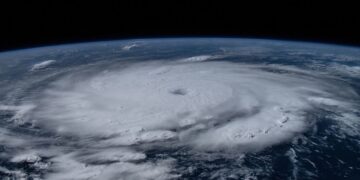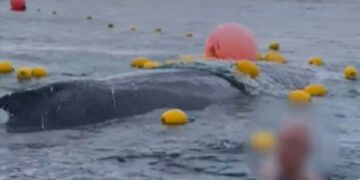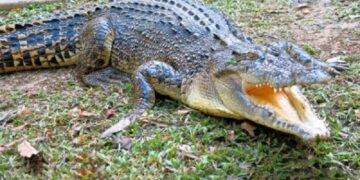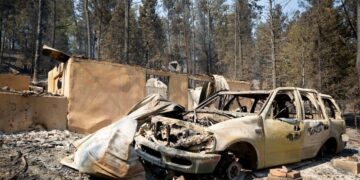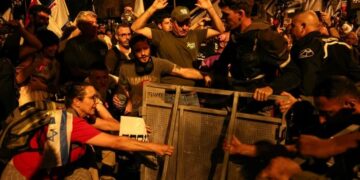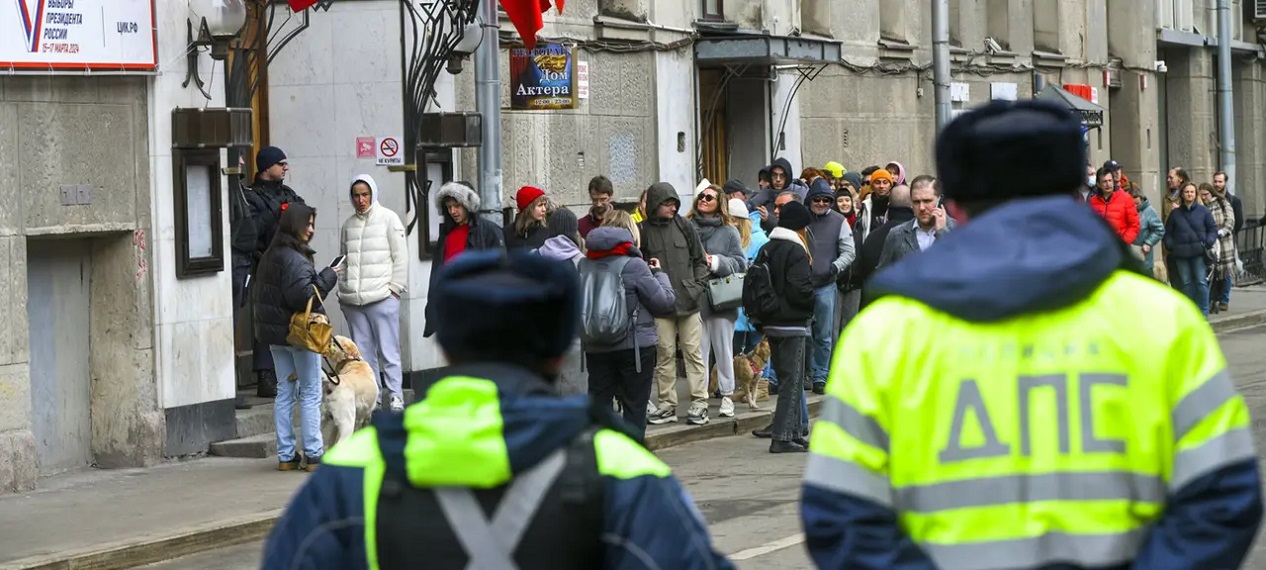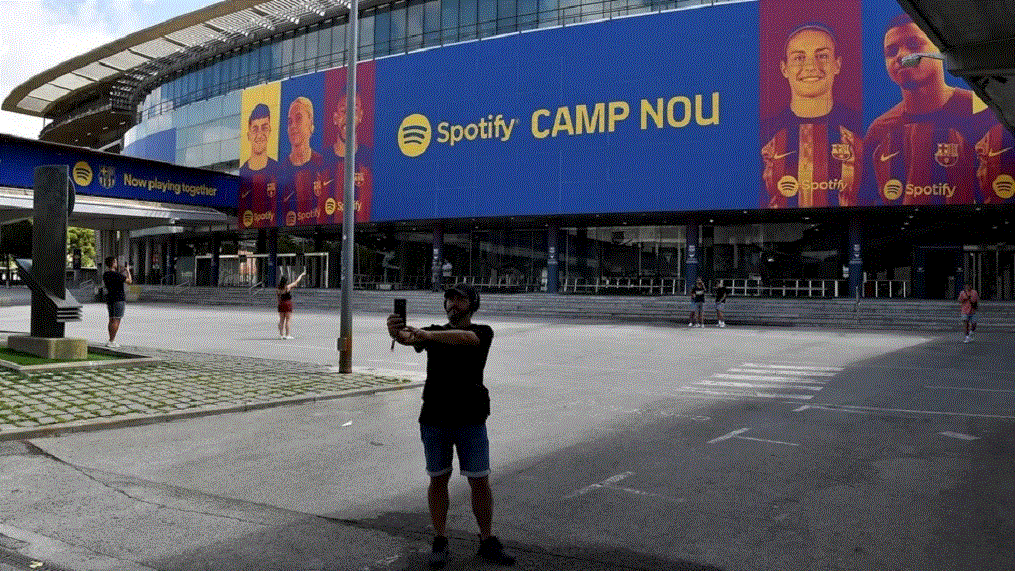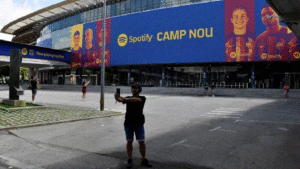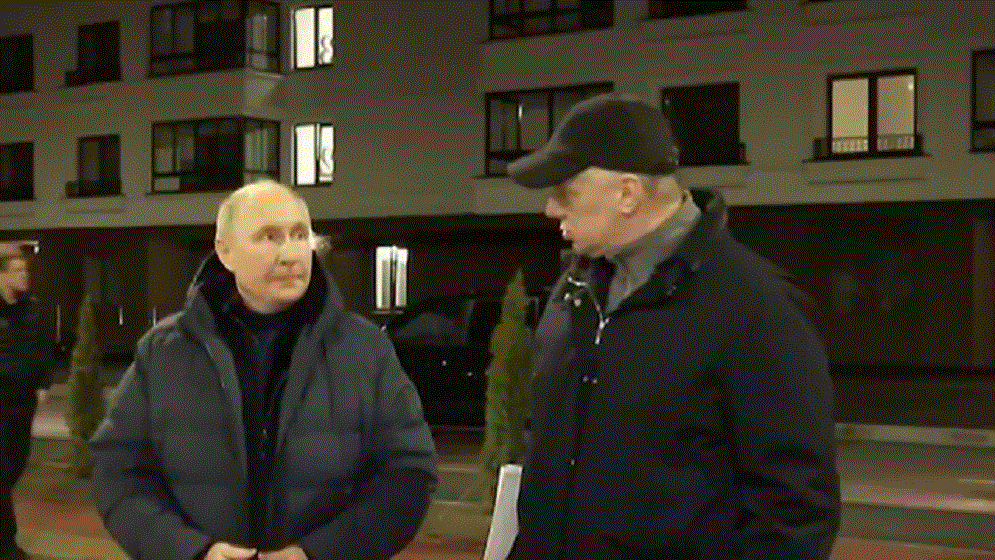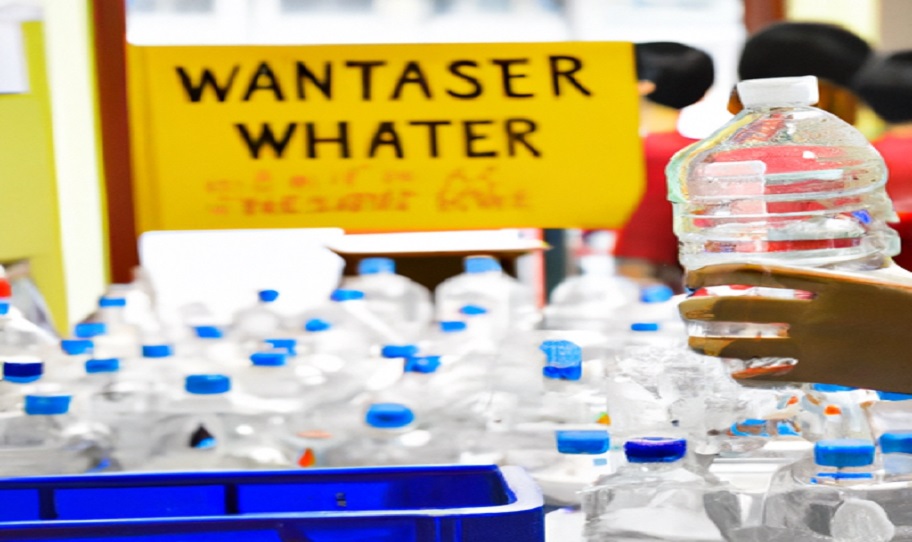FC Barcelona: There is now a “guide” that lists all living animals in the stadium
0
0
SHARES
0
VIEWS
Thirty birds, mammals and reptiles: Jordi Portabella, training biologist and new environment advisor at the legendary
Newsletter
Subscribe to our newsletter and never miss out on exclusive offers, news, and more.
About Us
TodayNewsPost.net is a reliable and informative online news platform dedicated to providing the latest updates on a wide range of topics. From breaking news to entertainment, technology, health, and more, TodayNewsPost.net aims to keep its readers informed and engaged.
Copyright © 2024 Today News Post. All rights reserved.


